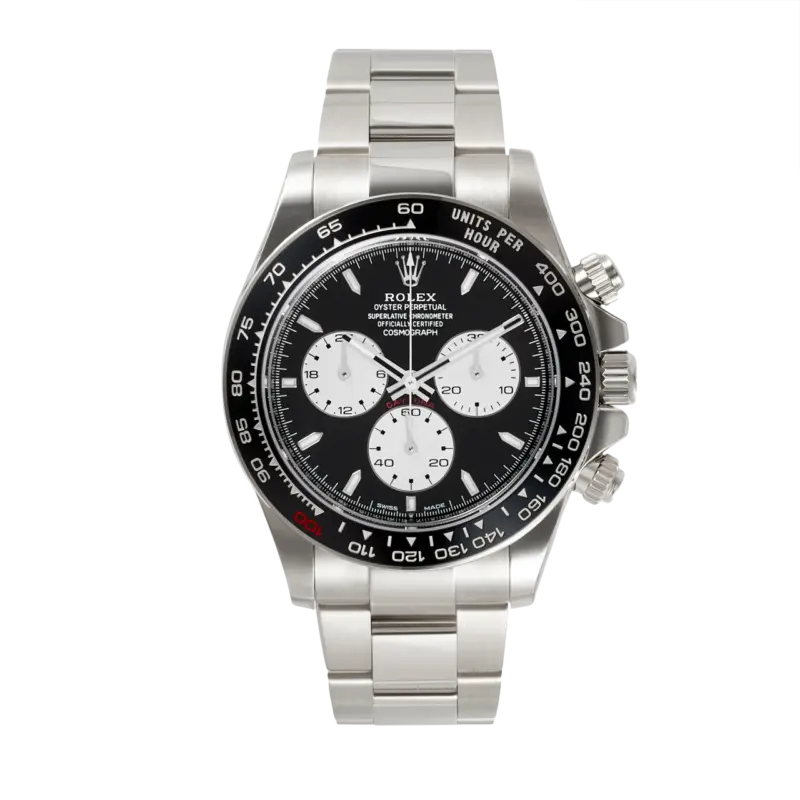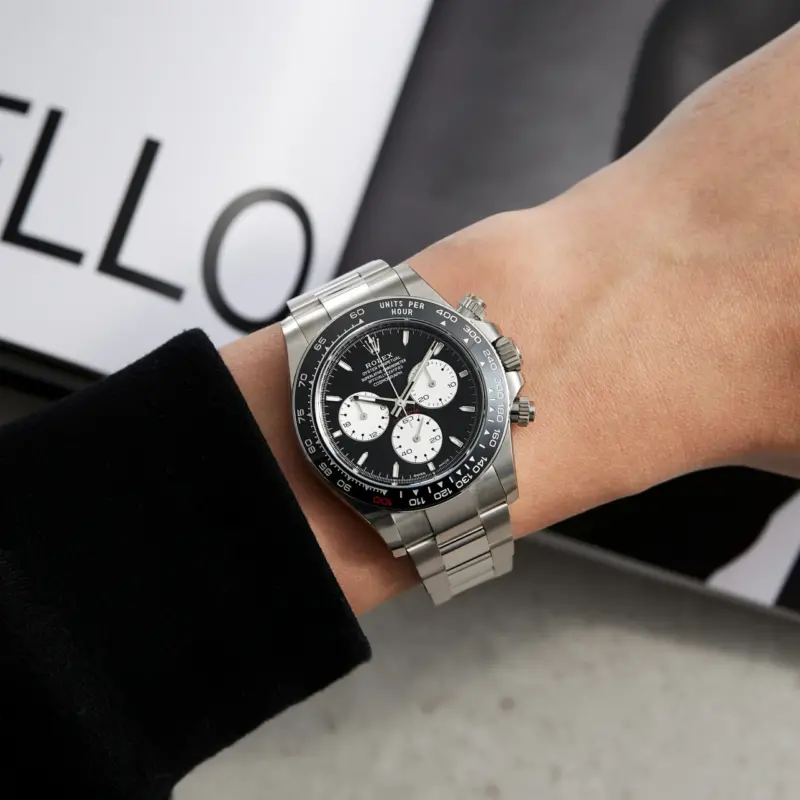fake
Are fake Rolexes easy to spot?
Rolex is one of the most prestigious and instantly recognizable watchmakers, producing approximately one million watches each year. Worn by icons like James Bond and top athletes, Rolex watches are synonymous with luxury and craftsmanship. Given their fame, it’s no surprise that replica Rolex watches are common in the market, particularly for popular models like the Rolex GMT-Master II and Submariner.
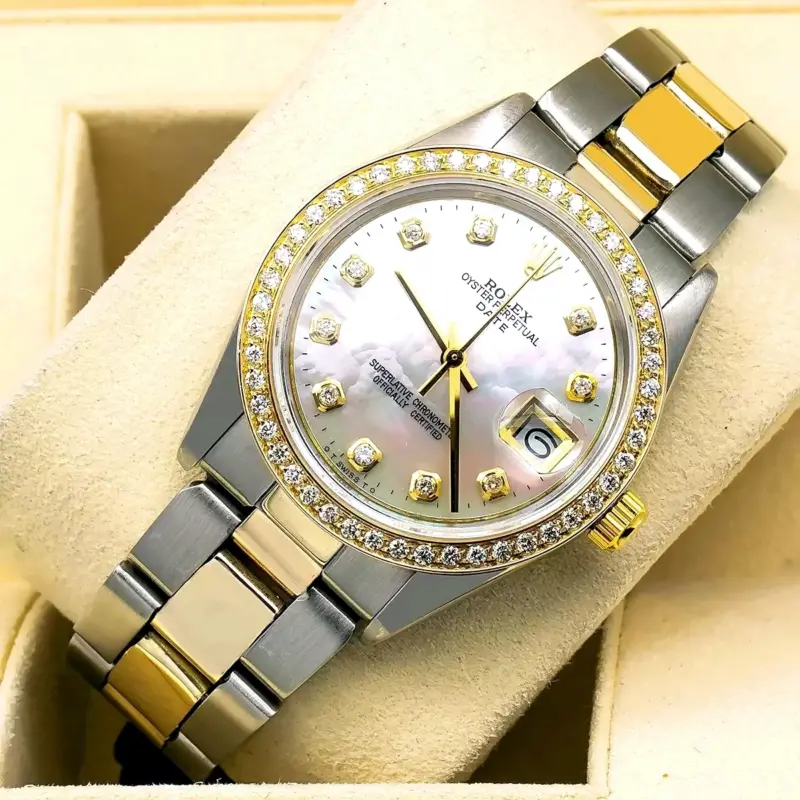
Buying a fake Rolex may seem tempting due to the lower price, but it’s important to remember that these replicas fail to match the quality, heritage, and precision of a genuine Rolex. Here are 10 key signs to look for when identifying a fake Rolex watch:
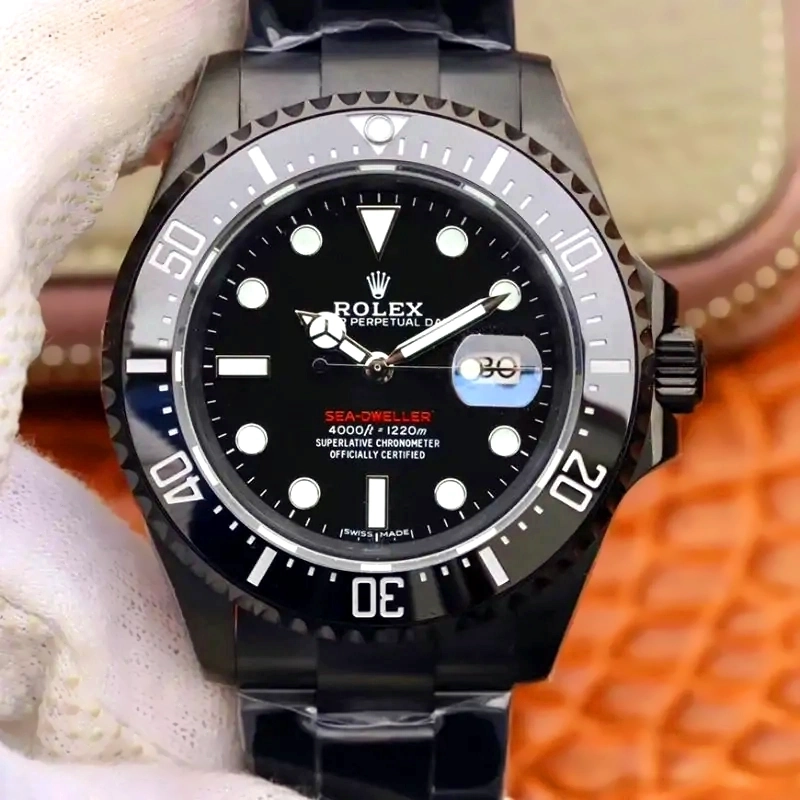
- Buying from an Unauthorized Seller
Always purchase from a reputable, authorized Rolex dealer or a trusted second-hand marketplace. If buying pre-owned, check the seller’s reviews, history, and presence online. Never buy a Rolex from an untrustworthy or obscure source, especially at an unusually low price. Doing your research on the seller can help ensure the watch’s authenticity. - Ticking Seconds Hand
A genuine Rolex features a smooth, sweeping second hand. Counterfeit Rolexes often have a ticking second hand, which can be audible and much less fluid in motion. This is a telltale sign of a fake, as genuine Rolex movements are designed to appear seamless and continuous. - Mechanical Movements
Rolex watches are powered by high-quality mechanical movements. If the watch you’re considering is quartz-powered (a ticking second hand being a common giveaway), it’s not a genuine Rolex. Rolex’s Oysterquartz models, produced from the 1970s to 2001, are the only Rolex watches to feature quartz movements, so make sure the model you’re eyeing aligns with Rolex’s mechanical standards. - Check the Weight
Genuine Rolex watches are made from premium materials, which gives them a significant weight. Stainless steel models typically weigh between 100-160g, with heavier gold and platinum models weighing even more. If the watch feels unusually light or flimsy, it’s likely a replica. Fake Rolex watches often use lighter, lower-quality materials that reduce their overall weight. - Caseback Design
Rolex watches are known for their solid, non-exhibition casebacks (with the rare exception of the Cellini Prince). If a Rolex has a transparent caseback, it’s a fake. Additionally, the solid caseback should be free of engravings. Some replicas may include branding or serial numbers on the caseback, which should not be the case with genuine Rolex watches. - Etchings and Serial Numbers
Since 2002, Rolex has included a micro-etched crown logo at 6 o’clock on the dial, visible under a magnifying glass. Older Rolex models have the serial number engraved on the case between the lugs at 6 o’clock, while the model number is engraved between the lugs at 12 o’clock. These engravings should be crisp, deeply etched, and free of mistakes. Counterfeiters often struggle to replicate this level of detail. - Dial Details
Examine the dial for text that is well-spaced, aligned, and free of imperfections. Older fake Rolex models may feature misspelled words like “Folex.” Modern replicas are often more refined, but check for consistent fonts and sharpness in printing. The Cyclops lens, which magnifies the date, should also provide clear, strong magnification (2.5x). Counterfeit models may have weak magnification or a poor Cyclops lens placement. - Materials
Rolex uses only premium materials, including 904L stainless steel, 18k gold, Everose gold, and platinum. Fake Rolex watches may use inferior metals that are more prone to scratching, discoloration, or bending. Authentic Rolexes should feel substantial and have smooth, polished finishes. If the materials feel lightweight or poorly finished, it’s a strong indication the watch is fake. - Crown Markings
Check the Rolex crown on the winding mechanism. Older models (pre-1960) featured the Rolex coronet (crown logo) with a cross. Modern models have additional markings under the crown, which indicate whether the watch has a Twinlock or Triplock system, depending on the material. If these markings are unclear or absent, the watch may be a fake. - Listing and Price Details
If the price seems too good to be true, it probably is. Compare the listing to other similar models to check if the price aligns with the market value. Rolex watches hold their value, and a significant discount could indicate a counterfeit. Be cautious of listings that offer minimal information or poor-quality photos. If the seller is reputable, they should be willing to provide additional images and answer any questions.
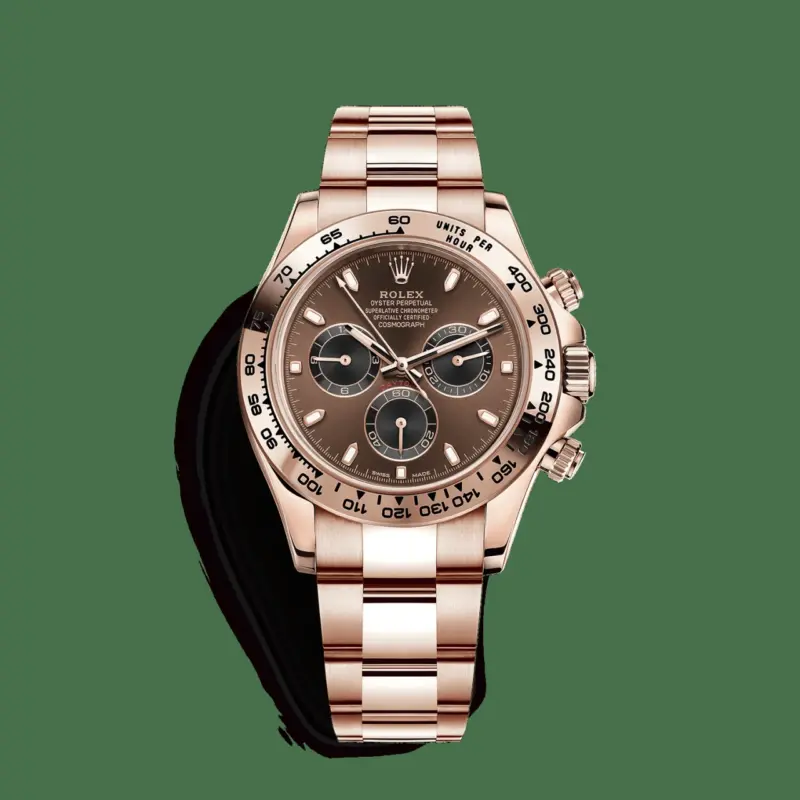
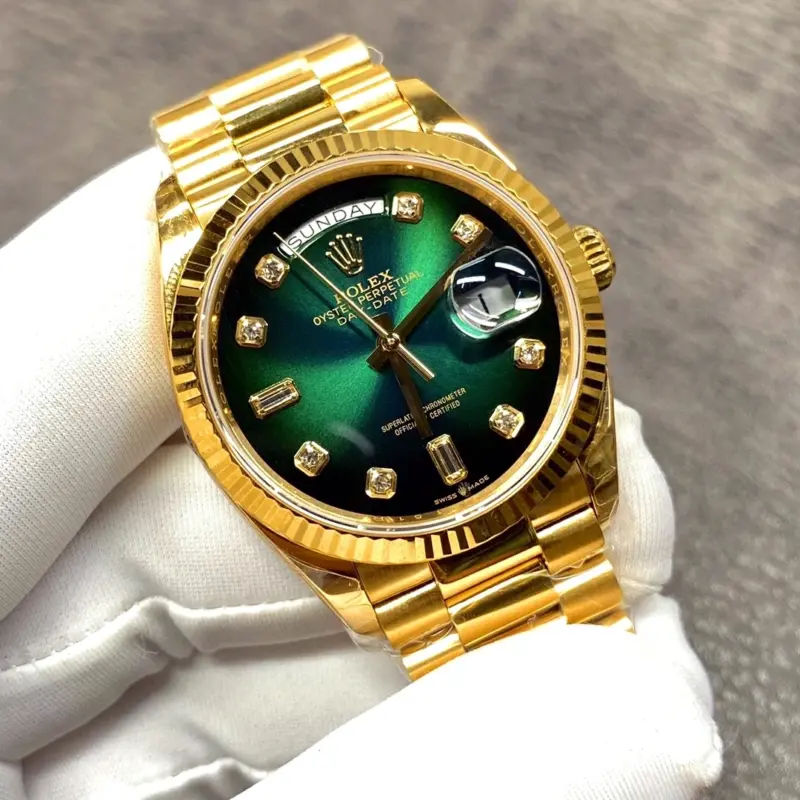
Why Buying a Fake Rolex Is Never Worth It
While replicas may seem tempting for their lower price tag, they’re never worth the investment. Here are five reasons to avoid counterfeit Rolex watches:
Risk of Confiscation: Sending a fake Rolex for servicing may result in the watch being confiscated. Authorities regularly seize counterfeit goods, and you could lose your investment.
Funding Criminal Activity: The counterfeiting industry funds criminal organizations and even terrorist activities. Your purchase could inadvertently support illegal operations.
Damage to Your Reputation: Even if a fake Rolex is hard to spot at first glance, other watch enthusiasts or collectors may easily identify it, which can damage your reputation in the community.
Personal Information Risks: Buying fake watches from unreliable sources can expose your personal information and financial details to fraud.
Waste of Money: A fake Rolex is ultimately a poor investment. It won’t last as long, hold its value, or provide the same enjoyment as an authentic Rolex, and you’ll eventually end up saving for the real thing.
